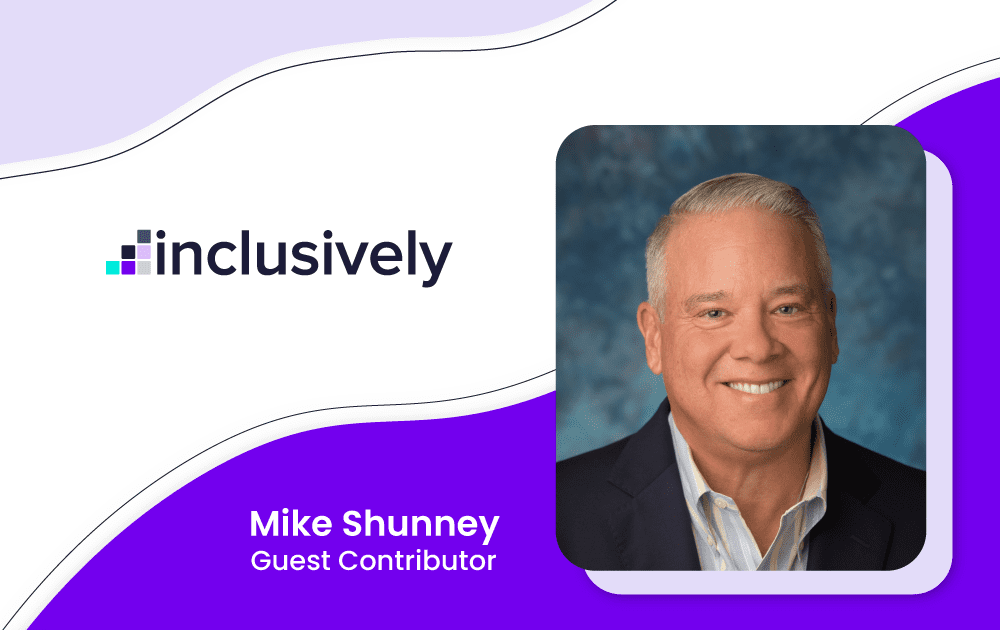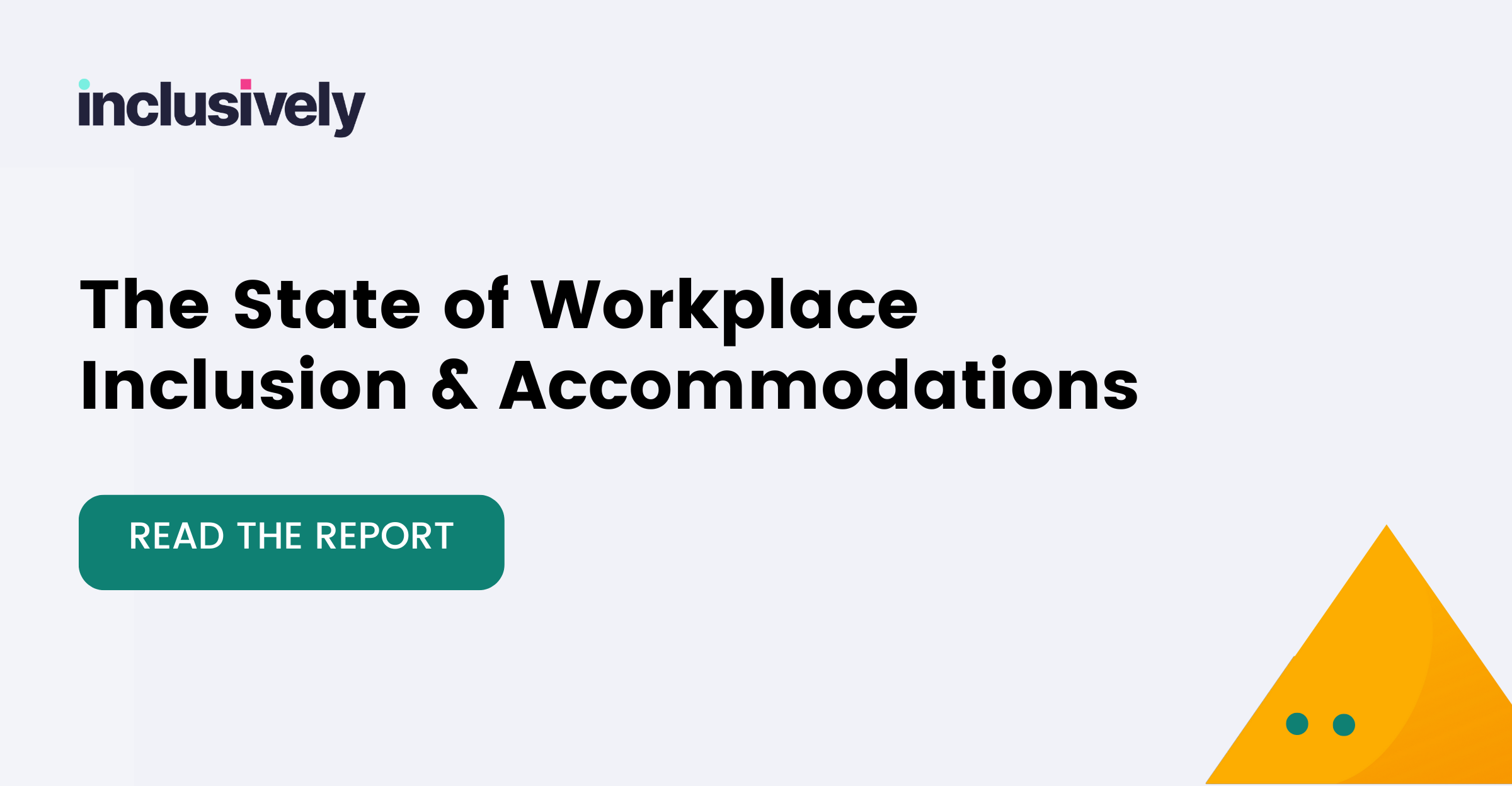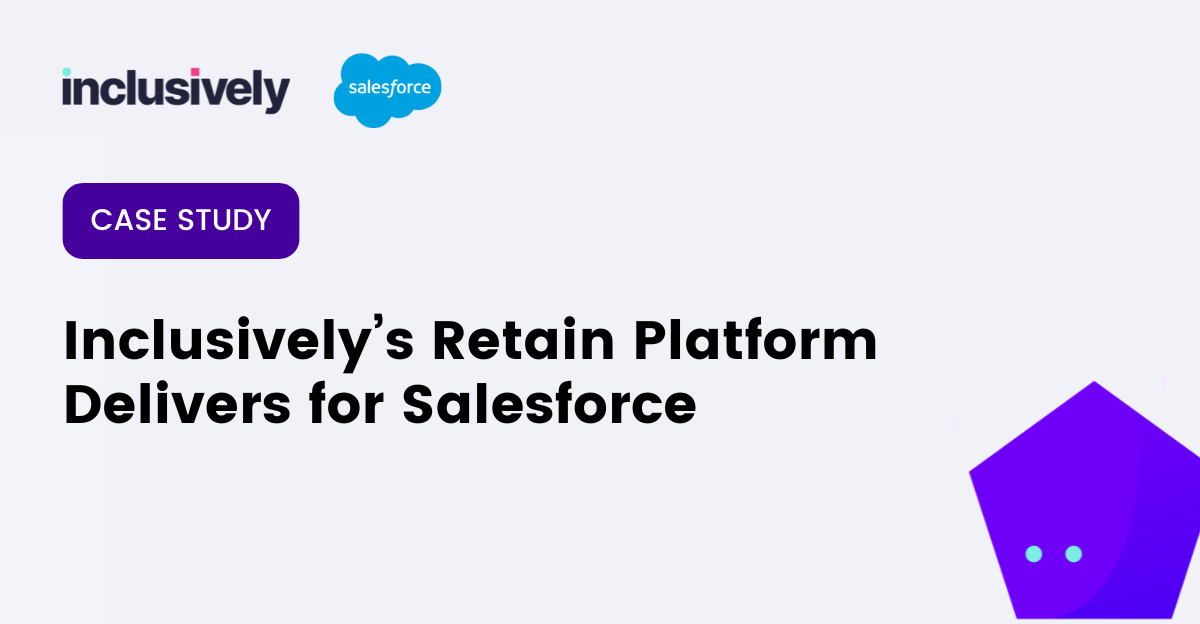By: Mike Shunney, CEO of Brown & Brown Absence Services Group
Navigating the job market can be difficult for anyone; it may be particularly daunting for individuals returning to work after an absence, or for individuals with disabilities who are looking for work for the first time. The need for accommodations or disability benefit coverage can cause additional stress and confusion for job seekers and employers alike if both parties are not well-prepared to have the conversations necessary to put these resources in place. In the wake of the “great resignation,” record numbers of employers are looking to hire – and keep – the right employees, along with job seekers searching for opportunities that will both fit their lifestyle and provide them with the best financial, mental, and physical support.
Unfortunately, many long-existing stigmas, unconscious biases, and misunderstandings surrounding disability can leave workers feeling hesitant to inquire about the disability benefits and/or accommodations they need, increasing the likelihood of unsuccessful working relationships and higher turnover rates. This is a perfect opportunity for employers to evaluate their processes and equip themselves to attract and retain talent. By offering sufficient benefit options and deploying a comprehensive communications strategy, employers can ensure that employees truly understand their benefit choices and are well-prepared to utilize any support services that may be available to them.
With the right education and support from their employer, workers with disabilities can feel empowered to “shop” their disability benefit options as smart and thoughtful consumers, rather than worrying about being misjudged for seeking disability coverage. Here are some of the most common types of disability benefits that employers should be reviewing early in the hiring process:
Disability income replacement
We cannot always prepare for the unexpected, but there are steps we can take to help ease the burden of financial instability. In the face of an unexpected injury or illness, disability income replacement benefits, such as short-term disability (STD) and long-term disability (LTD), can help close the gap of financial uncertainty. While STD and LTD have many similarities, knowing the differences between the two provides the context needed to make the best decision possible.
- Short-term disability benefits provide income replacement if a short-term illness or injury occurs. STD may also help supplement income that is lost if an employee can only work intermittently. Workers with STD receive benefits paid at a percentage of their pre-disability earnings, typically between 50-100%. In many instances, an employer will cover the cost of basic STD coverage through a group plan, offering it to their employees without the need to enroll or opt in. Employers may also offer their employees the opportunity to purchase a buy-up, where an employee can guarantee an additional percentage of their earnings on top of the base STD pay. These options may vary from one company to another, and employers should prioritize explaining these nuances to new employees in the early stages of the hiring process.
- Long-term disability benefits will also provide income replacement should an illness or injury occur but will do so for a longer duration. Employees must elect this coverage, which typically costs a small percentage of their salary at a fixed rate each pay period. Employers can choose to cover the entire cost or either split it with or pass it entirely to the employee. While LTD benefits are elective and are deducted from an employee’s paycheck, this is typically a low-cost benefit option that can be particularly comforting for individuals returning to work after a leave of absence, who may have concerns about possible ongoing or repeated health challenges. Unlike its short-term counterpart, LTD rarely pays a full 100% of an individual’s income, often falling in the 50-80% range. Individuals may also choose to purchase an individual LTD plan that they can carry with them. While this may be a more costly option for an individual, it does provide the opportunity for a higher income replacement percentage if an employer’s policy does not fulfill their needs.
Supplemental insurance
While short-term and long-term disability benefits are essential offerings for employees, they are not the only benefits that help provide financial support in the face of an injury or illness. Supplemental insurance has become increasingly popular as gaps widen between what health insurance covers and what working individuals can more readily afford. While dental or vision coverage may immediately come to mind, supplemental insurance comes in many forms and can also help cover unexpected events such as accidents or long-term care. In some instances, supplemental insurance will even pay cash benefits for injuries, illnesses, procedures, treatments, or hospital stays. Supplemental insurance is not going to be one-size-fits-all; employers who offer several options can empower their employees to design their own coverage and make selections that best suit their unique needs.
In addition to these employer-sponsored offerings, individuals returning to work after a period of disability should consider applying for Social Security Disability Insurance (SSDI) benefits if they expect to be out of work for at least one year due to their disabling condition(s). SSDI benefits are often mistakenly seen as permanent benefits only awarded to individuals who will most likely never work again. This stigma causes many qualified applicants to hesitate due to fear of being labeled as lazy or seen solely as disabled when they feel strong and capable of working and living a full life. The truth is that SSDI benefits can provide valuable long-term income protection for individuals who were out of work for what is known as a “closed period” (any length of time longer than at least one full year) due to an illness or injury.
In addition to providing benefits for the time during which an individual was not working, being awarded SSDI benefits also helps future retirement benefits. By “freezing” the gap in wages, retirement benefits calculated in the future are not reduced by missing income.
Even with these options readily available to most working-age Americans, there is still a great deal of work to be done to eliminate the stigma that is so often attached to applying for disability benefits. Fears of being deemed “weak” or less effective can drive employees to reject electing valuable coverage or applying for benefits that could change their financial future. A recent study by the University of Michigan sadly supports the conclusion that biases toward people with disabilities tend to increase with age and over time, but that people remain unlikely to show how they feel publicly. This is particularly disturbing given that the Social Security Administration has found that more than one in four 20-year-olds will become disabled before reaching retirement age.
Despite this reality, many people find themselves woefully unprepared for the unexpected. An abrupt life change, such as a startling diagnosis or sudden accident that leaves someone uncertain about when, or if, they will work again, can happen to anyone, and may trigger tremendous fears about the future. This is why the importance of getting educated, planning ahead, and being prepared cannot be overstated.
In the spirit of cultivating a bright and successful future, job seekers should prioritize reviewing the disability benefits and other supportive resources available to them when considering a new role – do not wait to ask these crucial questions after joining a company! Meanwhile, employers should scrutinize current processes to ensure they are as supportive and inclusive as desired. It is not enough to attract the right talent if support systems are not in place to keep those employees around long-term. Empower your workplace with education and clear communication about benefits and any other accommodations from day one if you want the best possible outcome for all parties, should the unexpected occur.
About the Author
Mike has more than 25 years of experience as a seasoned C-suite business strategy leader, with deep subject-matter expertise in creating sustained profit and revenue growth, developing world-class talent, and building shareholder value. Mike is known for a leadership style that sets him apart as an exceptional business executive. He recognizes and rewards impactful contributors, effectively mentors his teams, and instills an unparalleled competitive drive to achieve organizational success. As CEO, Mike collaborates with senior leadership to identify opportunities to serve the disability insurance marketplace as well as in seeking disruptive, value-add solutions along the absence continuum.
As an organization, Brown & Brown Absence Services Group, LLC, is focused on adding value across the absence continuum by bringing industry-wide experience and extensive capabilities to deliver value-driven solutions that meet the evolving needs of disability insurance companies and self-insured entities. Brown & Brown Absence Services Group’s solutions include SSDI advocacy, medical file review, clinical services, advisory services, recovery services, claims management, talent solutions and consultative solutions. Aevo Services, an affiliate of Brown & Brown Absence Services Group, also provides Medicare eligibility and policy decision advisory services.


